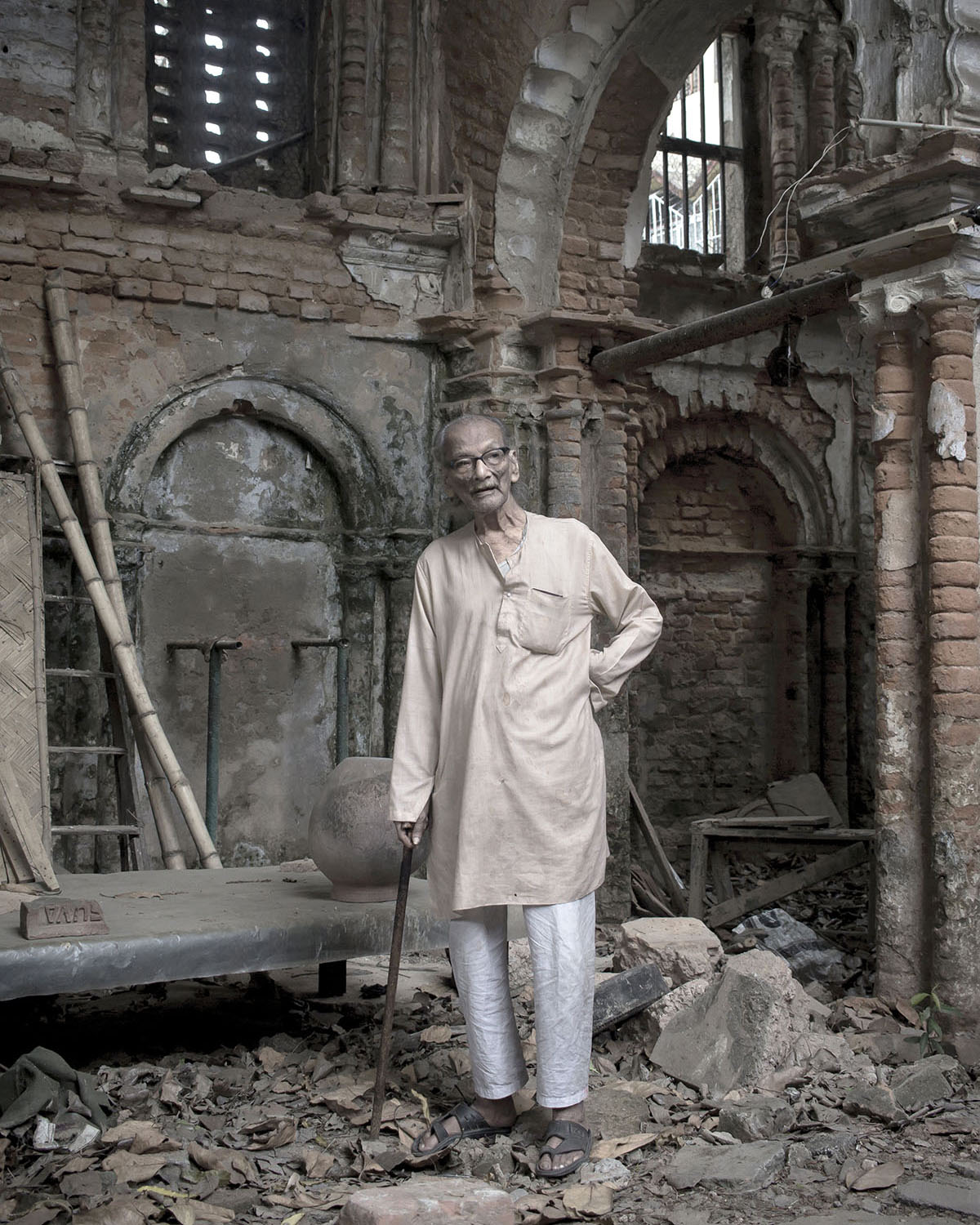Santanu Dey is a visual artist cum independent photographer based in Kolkata, India. He educated as a painter in the Academy of Fine Arts in Kolkata. Later he did a post-graduate diploma in photography from “Counter Foto – A center for visual art” at Dhaka in Bangladesh. Santanu’s work often moves along the intersection of art, documentary and attempt to dive deep into mythology, cultural narratives and socio-political issues. He always tries to tell stories of his personal experiences on contemporary social issues from his own perspective. He has been researching since 2017 on India’s partition and post-partition condition and social structure through a collaborative and research-based practice rooted in documentary photography and cultural anthropology. Santanu received a social documentary grant by Sri Aurobindo Centre for Arts and Communication (SACAC), Delhi, 2019. He is winner of Andrei Stenin International Press Photo Contest (2019), Winner in Polyphony Photo Festival, Kolkata, 2018. His works have been exhibited in several photography festivals like the Indian Photography Festival (2019), Jakarta International Photo Festival (2019), Polyphony photo Festival Kolkata, 2018 & 2020 and his work have been selected in Lumix festival for young visual journalism, 2020. He also had group shows in Kolkata, Dhaka and Scotland. Santanu’s works have been published in such online publications as Lifeforce magazine, Dodho magazine, 121 clicks, Better Photography Magazine.


